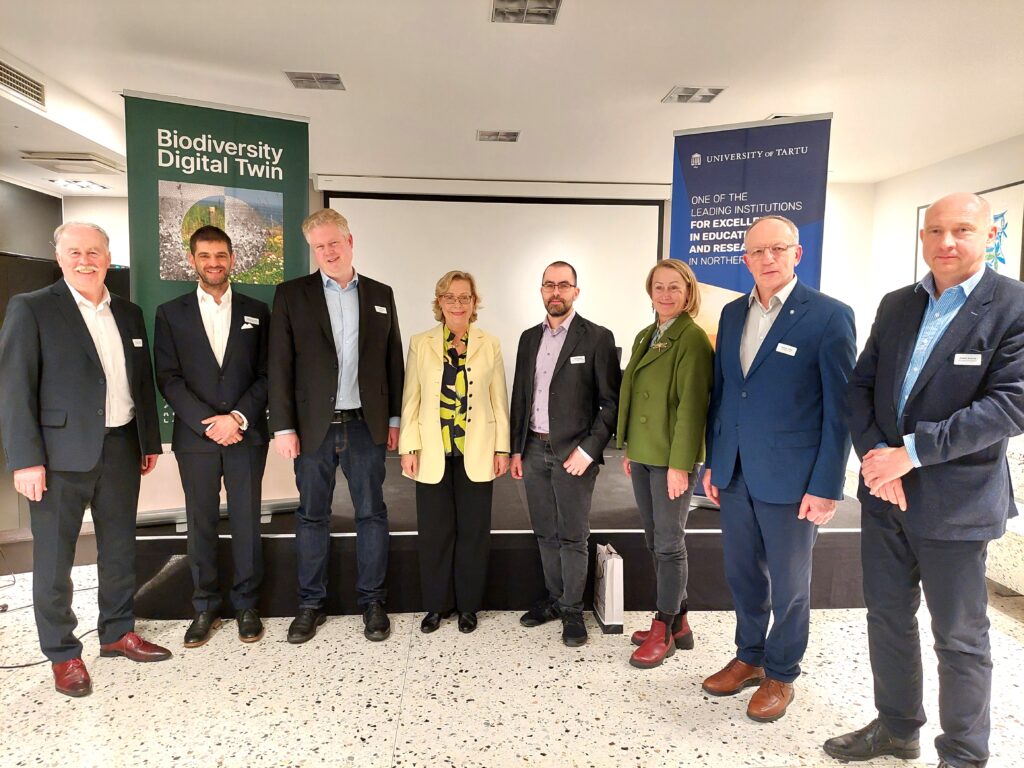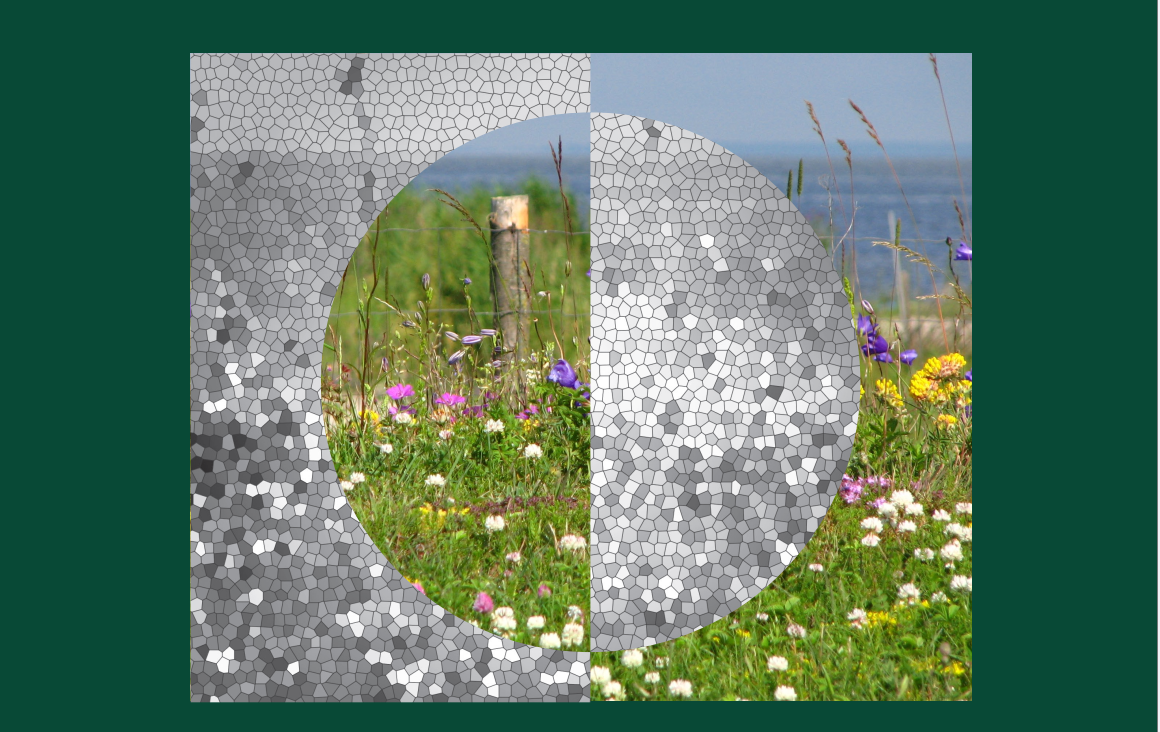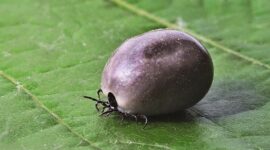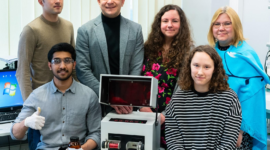Europe’s biodiversity continues to decline at an alarming rate, with most protected species and habitats confronting poor conservation status. Facing the pressure, it is important to understand and model the forces and processes shaping biodiversity with novel tools and methods for knowledge-based and integrated management of natural resources, opening new horizons for science, policymaking and implementation.
With the EU having adopted its Biodiversity 2030 Strategy in 2020, Forest and Soil Strategies in 2021, and the upcoming Nature Restoration Law, the policy framework must be followed up by national-level legislation and action plans. EU’s Destination Earth initiative aims to create Digital Twins (DT) as virtual representations of real-world entities and processes for climate change and extreme weather events to tackle the challenges of the real world with precise measures tested in the digital environment.
It is an intriguing aim, considering the fact that researchers might have managed to describe only 10% of the species living on the Earth during the last 400 years. Some future developments that might offer solutions for tackling the biodiversity loss before it is too late were discussed in Brussels at the seminar “Towards a Digital Twin for Biodiversity”, jointly organised by the University of Tartu, Estonia, and the Estonian Research Council.
AI is needed to build global resilience
EU and global communities have pledged to halt the loss of biodiversity and key natural habitats. As part of the Green Deal, the EU is already increasing support for climate change adaptation and mitigation actions, including biodiversity conservation efforts, dedicating at least 30% of its multiannual financial framework to climate-relevant expenditures. Signe Ratso, Deputy Director at the Directorate General for Research and Innovation, emphasised that AI and machine learning are pushing the boundaries of science in biodiversity research, with Digital Twins enabling us to adapt, integrate and model changes in our planetary systems. This facilitates the use of scientific data in policymaking and impact assessment. A key aspect of this process, besides the availability and quality of data, is to ensure the holistic application of and trust in emerging technologies.
Digital Twins are already part of the EU’s Sustainability agenda, stated Robert Konrad, Adviser for Biodiversity at the Directorate-General for Environment. The progress in the Destination Earth initiative will help to refine the design and outputs for future Digital Twins and increase awareness about the gaps in available data and the needs for innovation in environmental monitoring. “One of our main priorities in using AI for nature preservation and restoration is to better connect different infrastructures for data collection and research and use them to translate the knowledge into better policy recommendations and even legal actions. That’s how we can support our biggest goal – stopping the decline of biodiversity,” said Konrad.
Interdisciplinary research combined with AI will address blind spots
This is where Europe’s leading universities in biodiversity research can and are taking the lead, using AI technologies towards the path to scalable biodiversity discovery. The University of Tartu, Estonia, together with Chalmers University of Technology, the Max Planck Institute for Biogeochemistry, and Naturalis Biodiversity Center, are aiming to develop novel ways to combine data, models and interaction processes required to predict dynamic changes and offer solutions for biodiversity challenges in areas like species and habitat loss, ecosystem services, invasive species, food security and disease outbreaks.
They work in close collaboration with pan-EU and global initiatives, such as the Distributed System of Scientific Collections (DiSSCo) and Global Biodiversity Information Facility (GBIF), which allow common access, curation, policies, and practices across countries while ensuring that all the data complies with the FAIR principles.
“Biodiversity Common Data Space, along with a unique access point for integrated data analysis and interpretation, and a holistic communication system for publishing species-level digital object identifiers (DOIs) are the founding elements of a Digital Twin for Biodiversity,” explained Urmas Kõljalg, Director of Natural History Museum and Botanical Gardens at the University of Tartu. He also stressed the importance of integrating environmental DNA data with existing species occurrence records, environmental monitoring data and observations from citizen scientists for the timely discovery of new and endangered species.
With recent advances in AI-based technologies, multiple data types and rapidly growing data volumes, the focus is shifting from data generation to the quality of interpretation and modelling. Generative AI and neural networks are being used to enable deep learning and data fusion models, which are dependent of the availability of high-quality training data and domain-specific knowledge. According to Erik Kristiansson, Professor for biostatistics and bioinformatics at Chalmers University of Technology, one of the key questions for the future would be that in the era of data explosion, we need to find a way to collect the data we actually need. At this point, it is essential to detect the blind spots and find a way to fill these gaps.
One of the key questions in the near future will still be the reliability of AI and human hybrid systems. How do we know we can trust the results produced by neural networks and other AI methods? Jesse Harrison, Manager for Horizon Europe BioDT pilot, suggested that we need to be able to have different types of methods to assess the outcomes. Harrison stated that we need to continue investing in the infrastructures of the Digital Twins. “Even though we are developing different Digital Twins that support the different angles of biodiversity, the central aim is that we can actually exchange data between all these projects. Therefore, it is very important to have continuous support for that interoperability work.”
Digital Twins in biodiversity offer large yet untapped potential for both scientists and policymakers. The ultimate ambition is to build a holistic biodiversity DT, but it would be useful to move forward by developing several specific use cases to pilot in environmental policymaking and monitoring.

Written by: Vallo Mulk, Piret Ehrenpreis.
 Back
Back



